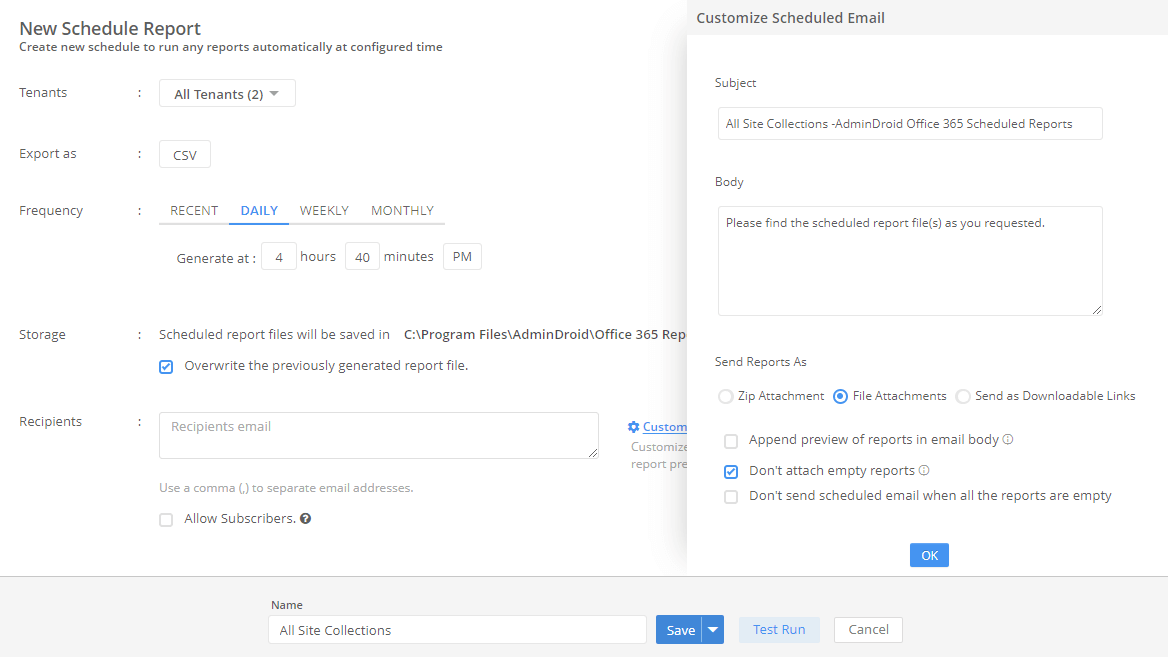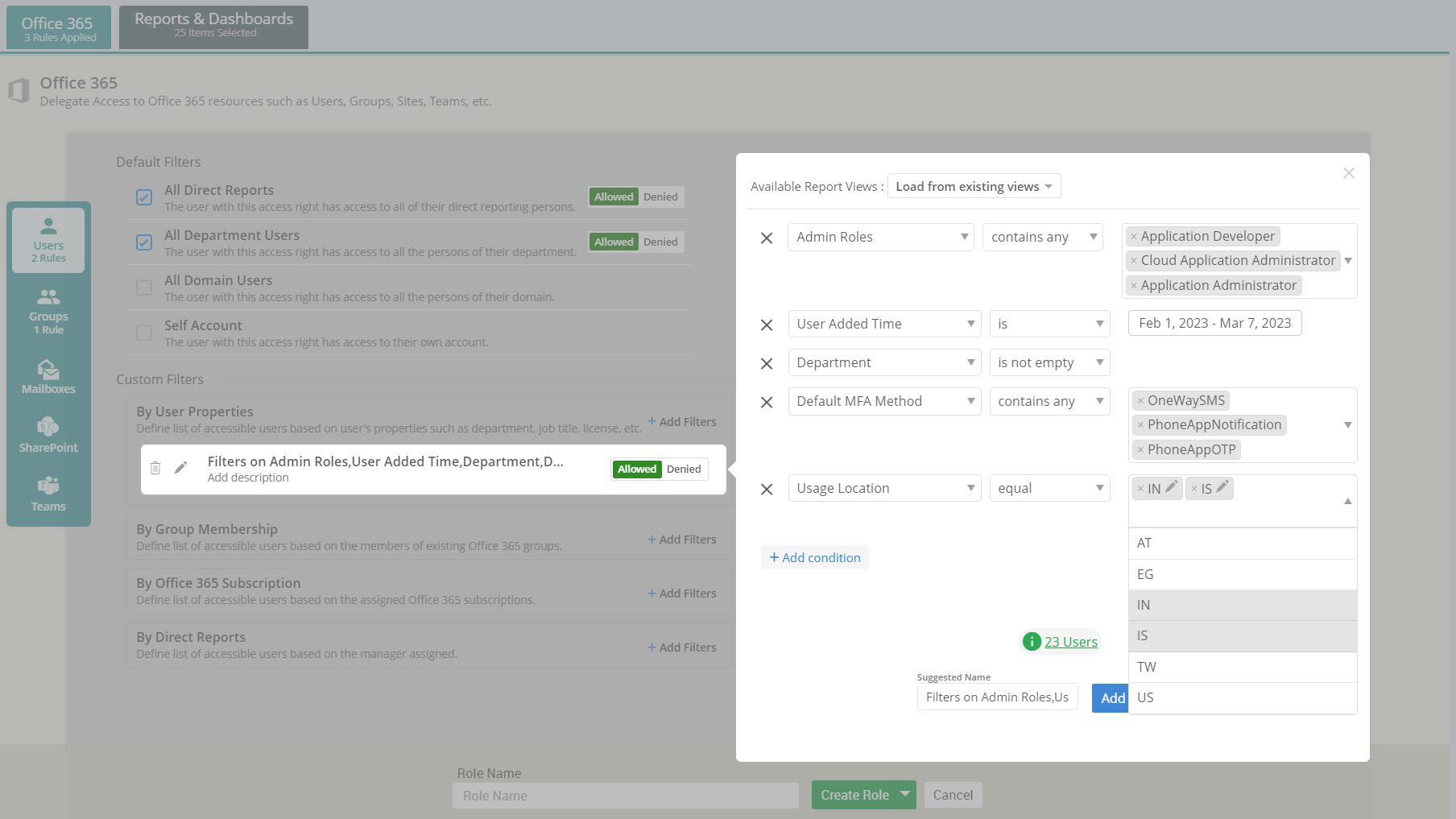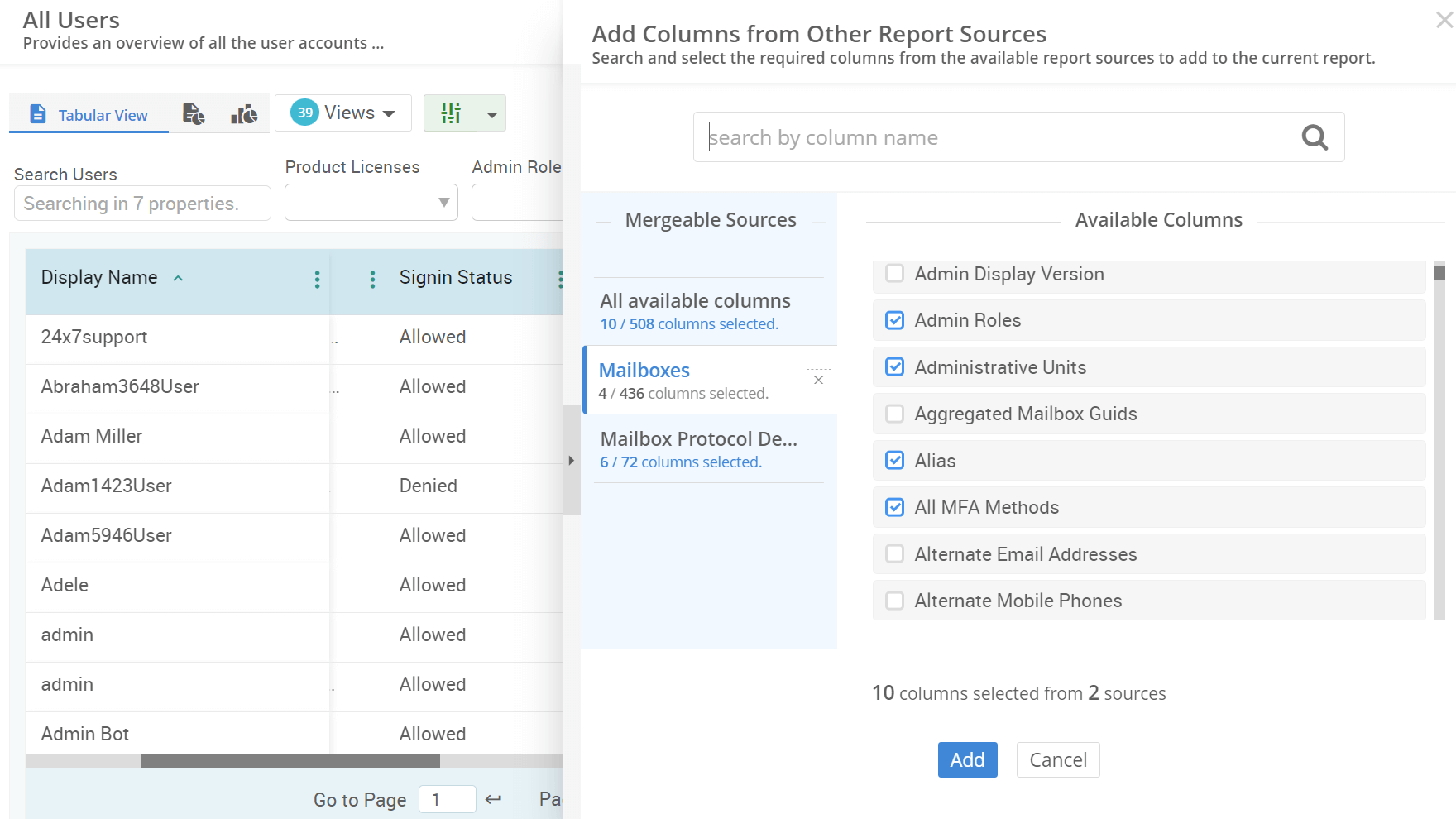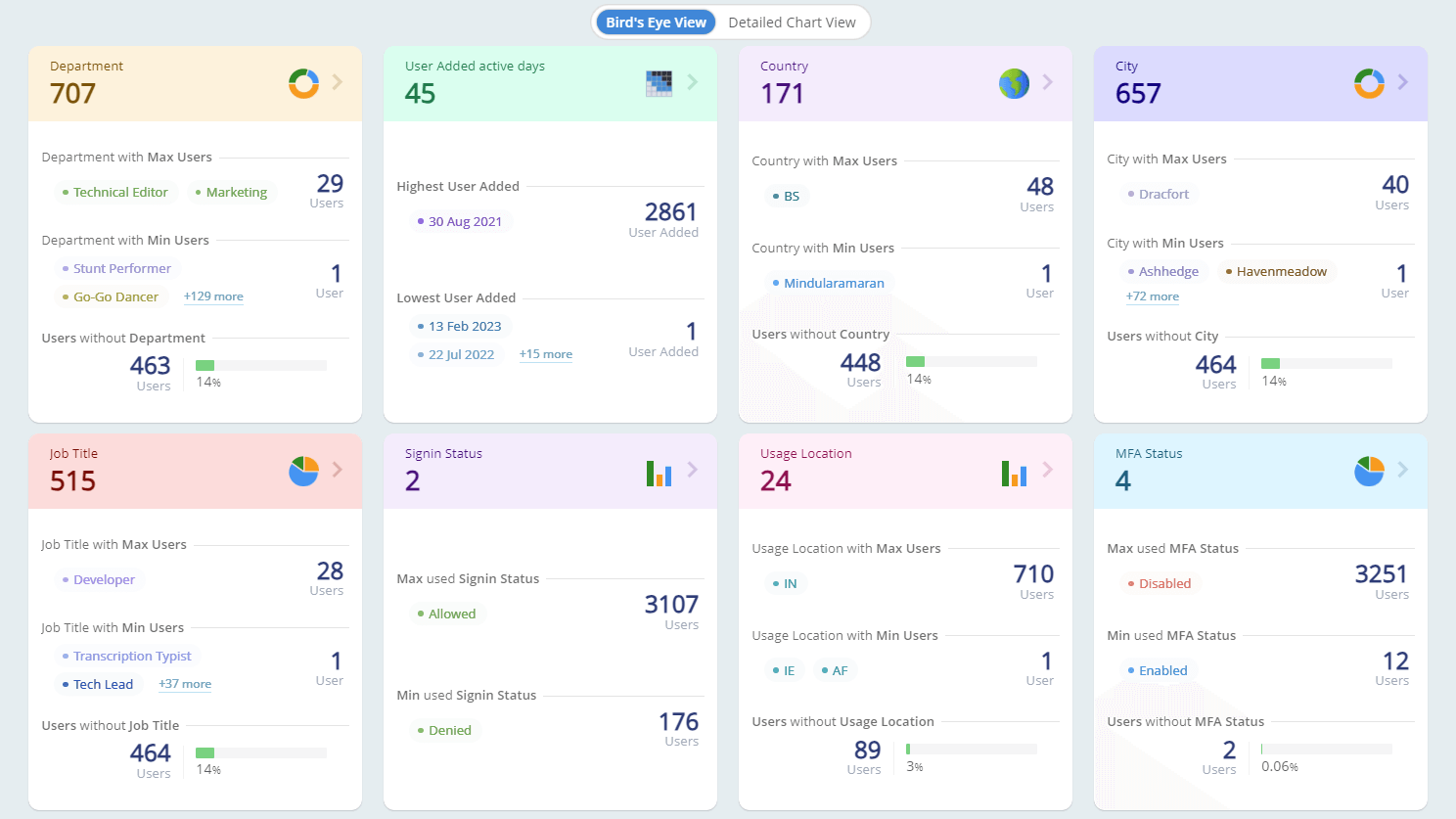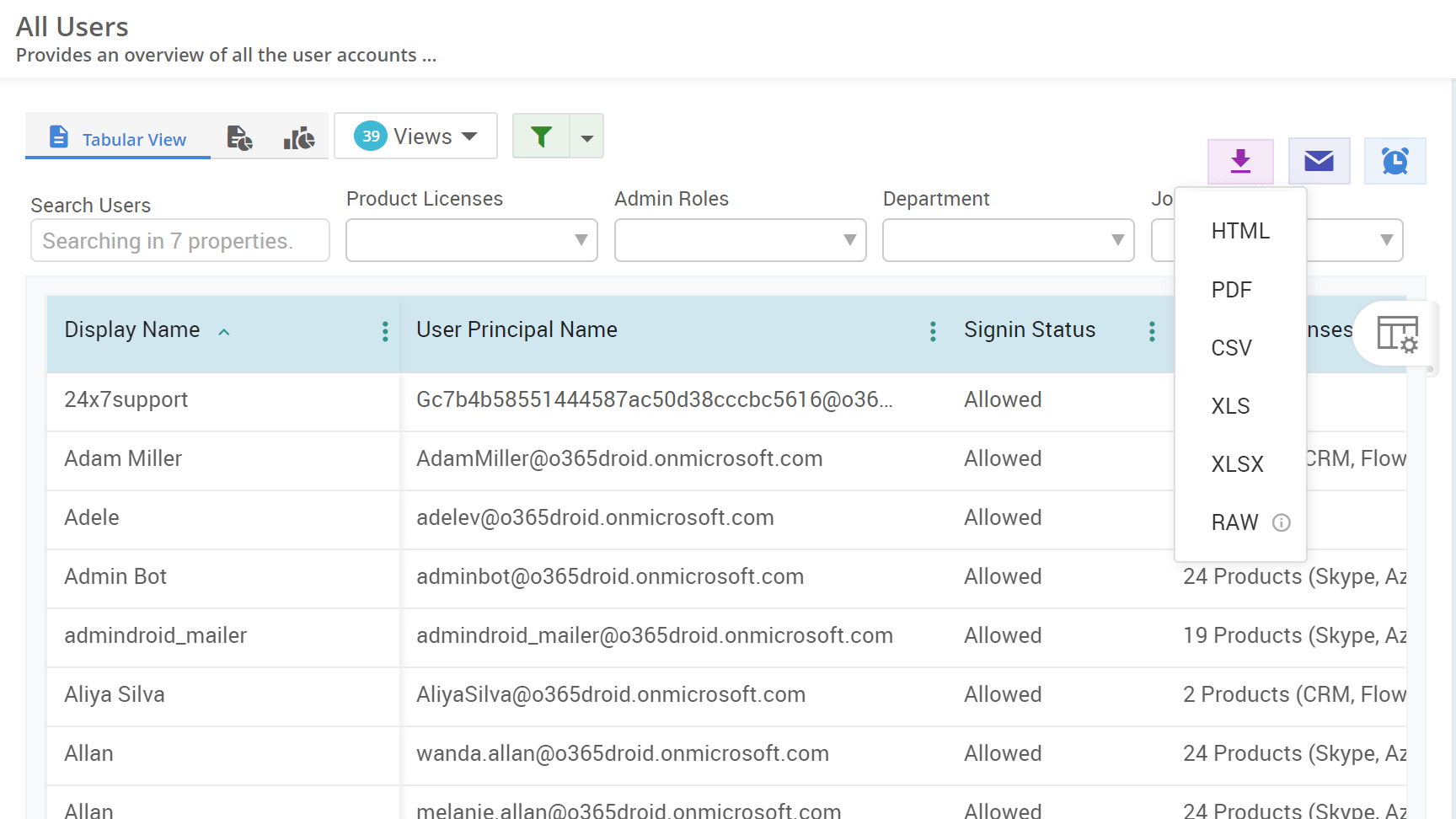How to Export Email Forwarding report in Exchange Online
Are you receiving a "Your organization does not allow external forwarding" message when you forward emails to guests? It's possible that your admin has blocked email forwarding to external domains. Is this really necessary? Yes it is! we'll explore the reasons here and learn troubleshooting solutions to fine-tune your Exchange Online email forwarding in Microsoft 365.












